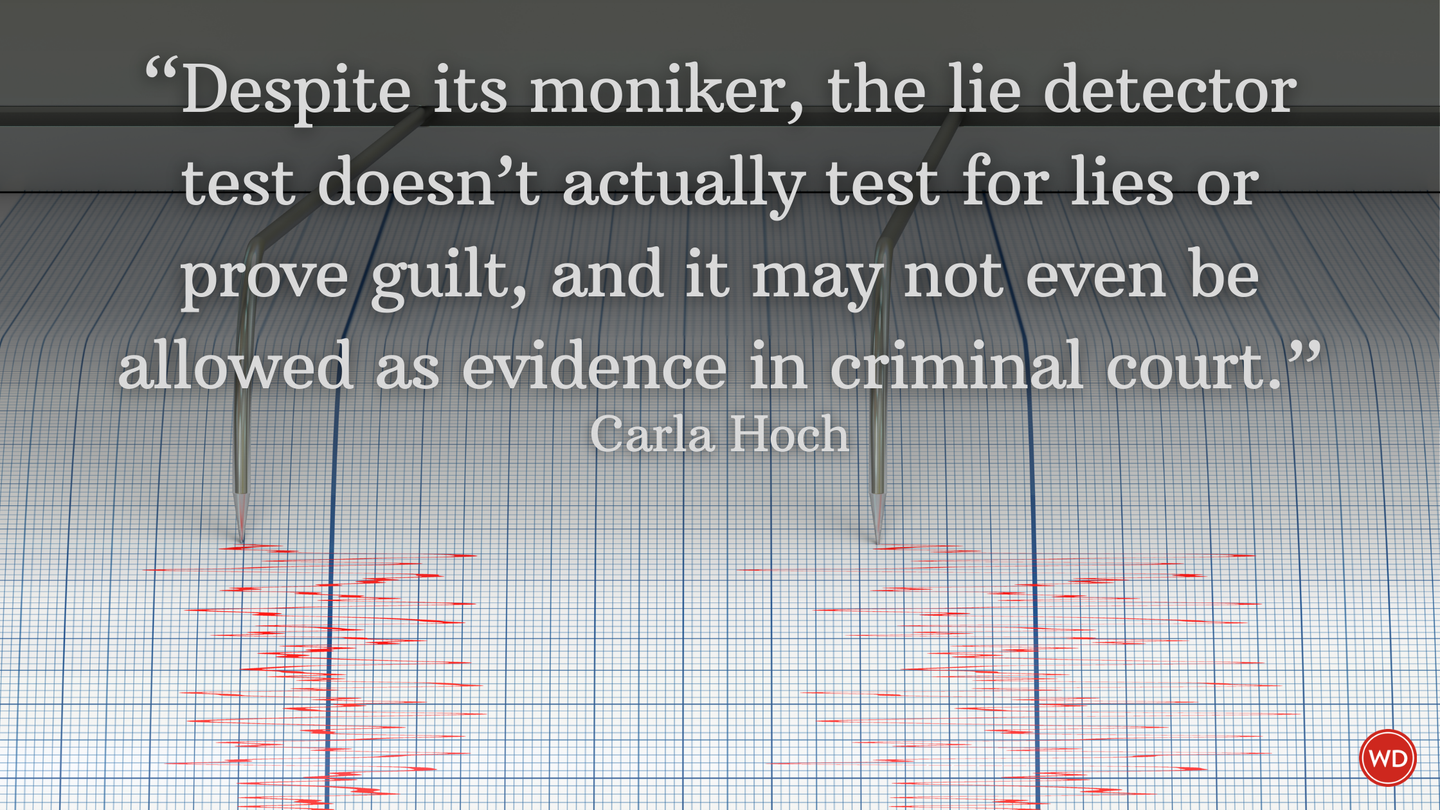Areas of the Body Most Often Impacted by Firearms Injuries (FightWrite™)
This month, trained fighter and author Carla Hoch shares information on firearms in fight scenes, the most likely places a character might be hurt, and more.
If one of your characters means to harm with a firearm, you need this post. Statically, where that bullet would embed isn’t likely where you think. In this month’s FightWrite® feature, we will look at the areas of the body most impacted by intentional and unintentional firearm injuries. We will also look at the mortality rate of each area as well.
That’s No Bat
Several years ago, a friend of mine had a confrontation with a man in a parking lot. When he turned to walk away from the argument, his feet came out from under him. He said it felt as though someone had hit his legs with a bat. He had no idea that what felt like a bat was actually a bullet.
After the fact, we talked about how blessed he was to have taken the bullet in the side of the knee. Had the aim been higher, he might not have been alive for us to have the conversation. We wondered at the odds of him being shot in such a small area as the knee or anywhere on the legs. What we didn’t know then was that his injury fit the odds perfectly. Strange as it might seem, the majority of gunshot wounds, both intentional and unintentional, are actually are to the legs.
Areas of the Body Most Likely to be Shot
According to the CDC and National Electronic Injury Surveillance System (NEISS). All of these can also be found on a handy table in the WD book, Fight Write: How to Write Believable Fight Scenes.
Why Not the Biggest Target?
Looking at the graphic above, you can see that the thickest areas of the body are not the ones most frequently injured by bullets. Even combined, the statistics of being shot in the upper and lower trunks are not as high as that of the legs. Why? Legs are smaller targets and especially hard to hit when the body is moving. So, why are bullets finding their way there? There might be a few reasons.
Bullets Fall
Bullet trajectory is parabolic not straight. It raises above then falls below line of sight in an arc. Within .2 seconds, or at about 70 yards away, a 9mm bullet can drop more than four inches in the best of conditions.
Now, if you are a gun person you know that’s a broad generalization because the type of gun matters. The point remains: Bullets drop. Perhaps that’s one reason why so many folks are shot in the legs. The assailant is far enough away that the bullet is dropping below their desired target.
Maybe. But I think there’s better reasons.
Pulling a Trigger is Easy, Hitting a Target is Hard
To me, a more plausible reason people are shot most often in the legs might be because hitting a target is harder than it looks. Pulling a trigger is easy. Hitting a target? Not so much. The faster anything travels, the easier it is to take it off course. In the case of a bullet, the tiniest of movement greatly impacts aim. How you hold a gun can be the difference in a hit and a miss. Grab the handle too tight and your hand will shake. Grip too loose and the gun will shift in your hand. Both impact aim.
Poor hand position on the grip can cause the barrel of the gun to point down slightly. Aim the handgun sideways, a favorite in movies for reasons I do not know, and you lose the front sight—the little fin on the top on the barrel that helps you aim. That sideways position also causes the hand to curve which impacts aim.
I’m not an expert on felonious behavior, but I’m willing to bet that the majority of those who assail with handguns don’t take extra care with grip or aim. I’m also willing to bet they don’t account for weather conditions. That all makes for a bad shot. Add that to the bullet drop over distance and you have the makings of missing a target.
People Don’t Really Want to Kill Folks
In my mind, what has the greatest impact on legs being the most common target is that when people aim to kill, they aren’t literally aiming to kill. Killing isn’t as easy as criminal statistics make it seem. Most people have to be primed to kill. It is estimated that in WWII only 20 percent of soldiers actually fired on the enemy.
By the time the U.S. entered the Korean War, the military had taken efforts to mentally prepare soldiers to fire on combatants. This raised the firing percentage to estimated 55 percent. That is still a low number considering these soldiers were in a position where firing was not only acceptable but expected.
Now consider how likely a regular person is to shoot someone. It is easy to find statistics on how many people are killed by firearms. What is harder to find is the number of people who actually fired those weapons. We can’t assume that every single person killed by gunfire was killed by a different person. So, the number of assailants is likely fewer than the victims, especially since more than 60 percent of violent offenders tend to reoffend. Regardless, the number of people who kill with a gun in the U.S. is a very low percentage of the population. That low percentage may purposely be aiming low to not kill their target.
As far as accidental injuries to the legs, that is likely explained by where a person holsters their gun. If the gun is on the side or hip, it would fire down the body. If the gun is in the hand while walking, for whatever reason, it might be held downward for “safety.” (Straight down by the leg ain’t the safest way to hold a loaded gun.)
Amazon
[WD uses affiliate links.]
Mortality and Wound Location
Any bullet wound to any area of the body can kill. When a bullet enters the body, it carries with it all the cooties it went through in flight. It also pulls in clothing from the body and bacteria on the skin.
Infection aside, there are some bullet wounds that are especially difficult to survive, and we need to bear that in mind when we write a bullet into our characters. Even with modern medical care readily available, only about 30 percent of people shot in the head survive long enough to make it to the hospital. 50 percent of those die after being admitted to the E.R. Of those who do survive the horror of a gunshot wound to the head, roughly half often suffer recurrent seizures.
Mortality rates of patients wounded in the chest can vary 14 – 36 percent. The chest is a big area. Abdominal injuries have a little more than a 10 percent mortality rate. Those shot in lower extremities have about an 8 percent chance of death. Bullet injuries to the arms and hands are seldom fatal.
Strangely, more bullet wounds don’t equal greater chance of death, which make zero sense to me. According the CDC, the number of gunshot wounds does not predict severity of injury or mortality. The location of each wound has a greater impact than the number of wounds.
A Parting Shot
If the statistics regarding where people are injured by bullets doesn’t hit the target in your work, rest easy. Our readers aren’t looking for authenticity as much as realism. Consider authenticity a means of support for the reality you write, not a standard by which you must write. Knowing where people are actually injured by bullets gives you an authentic way to create and troubleshoot your scenes with firearm injuries.
Until the next round with FightWrite® on the WD blog, get blood on your pages.
Carla Hoch is the award-winning blogger of FightWrite® and author of the Writer’s Digest book Fight Write: How to Write Believable Fight Scenes. She is a WDU instructor who regularly teaches on the craft of writing fight scenes, action, and violence as well as the mechanics of fighting for writers. Carla is a world champion jiujitsu player and has experience in almost a dozen fighting styles. She lives and trains outside Houston, Texas.






